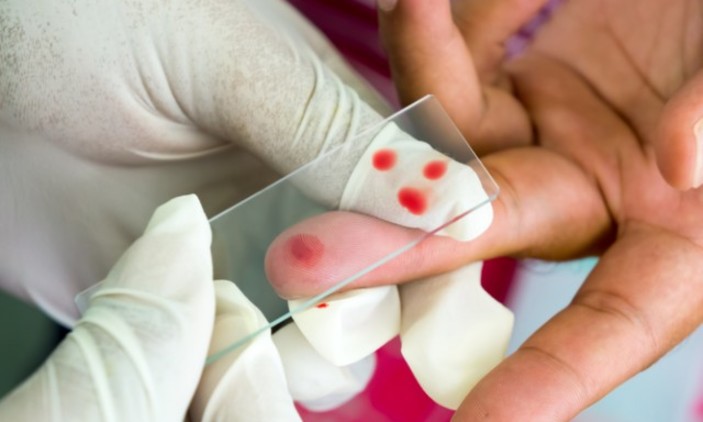Properly analysed, Fraunhofer lines provide information about the exact chemical make-up of whatever is reflecting the light.
經過恰當分析,夫瑯和費譜線可以提供關于任何反光物體的化學組成的確切信息。
Their patterns in spectra therefore correspond to the different chemistries of species, sexes and ages.
因此光譜中它們的模式就相當于種類、性別和年齡的不同化學反應。
That permits the construction of a library, with which unknown insects can be compared.
因此,一座圖書館得以建立,未知昆蟲得以進行對照。
That, at least, is the theory. Dr González-Jiménez is trying to put it into practice.
這至少是一個理論。González-Jiménez博士正試圖將之運用于實踐。
His methods are now 83% accurate at recognising species, and close to 100% accurate at recognising age.
現在他這些方法的種類識別正確率為83%,年齡鑒別正確率則接近100%。
He and his colleagues are also using the process to try to determine how resistant the now-dead insect being examined would have been to insecticides.
他和他的同事也試圖用這種方法判斷死昆蟲對殺蟲劑的耐藥性有多強。
What works in a laboratory in a Scottish city might not, though, work in the African countryside.
雖然在蘇格蘭實驗室中奏效的方法在非洲農村或許沒用。

The person in charge of testing that out is Fredros Okumu, science director of the Ifakara Health Institute, a Tanzanian organisation.
負責徹底檢驗此方法的人是Fredros Okumu,他是坦桑尼亞組織—Ifakara健康研究所的科學主任。
Ifakara runs Mosquito City, a research facility in the Kilombero River valley.
Ifakara經營著一座蚊子城市,這是一個位于基隆貝羅河谷的研究設施。
Mosquito City's buzzing, whining "biospheres" mimic local field conditions, even down to banana plants and goats.
蚊子城市抱怨“生物圈”模仿當地野外條件的嗡嗡聲甚至穿透至香蕉樹和山羊群。
Besides testing the equipment, Dr Okumu and his team are also trying to extend the range of data that mosquito spectra can provide,
除了對設備進行測試外,Okumu博士和他的團隊也嘗試擴大蚊子光譜可提供的數據范圍,
including into the way the insects behave. Some mosquitoes, for example, feed only on people. Others dine as well on chickens, cows and goats.
包括昆蟲的行為方式。例如,一些蚊子只吸人血,其他蚊子也以雞、乳牛和山羊血為食。
This is all valuable information. But it will be much more valuable if it can be gathered easily in the field.
這些都是重要情報。但是如果可以在實地輕松收集到這些情報,那么將更有價值。
Engineers at Glasgow are therefore working on a laser optimised to emit light at the frequencies best suited for analysing mosquitoes.
因此格拉斯哥大學的工程師正致力于一種優化激光,能在分析蚊子的最佳頻率下發光。
Meanwhile, those at Ifakara are experimenting with shoebox-sized versions of the apparatus that can be taken into the countryside.
同時,Ifakara的研究人員正在用鞋盒大小的設備版本進行實驗,這種大小的設備可以被帶到鄉下。
Their aim is eventually to shrink this to something the size of a mobile phone. That could shine a whole new light on the problem of malaria.
他們的最終目標是將這種設備縮至手機大小。這將在瘧疾問題方面閃現全新的光芒。
譯文由可可原創,僅供學習交流使用,未經許可請勿轉載。












